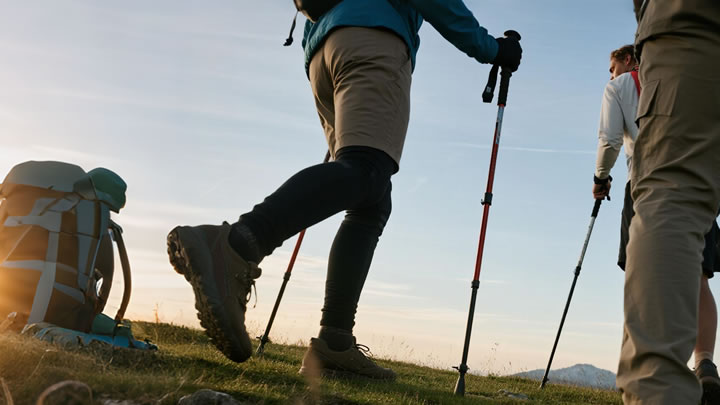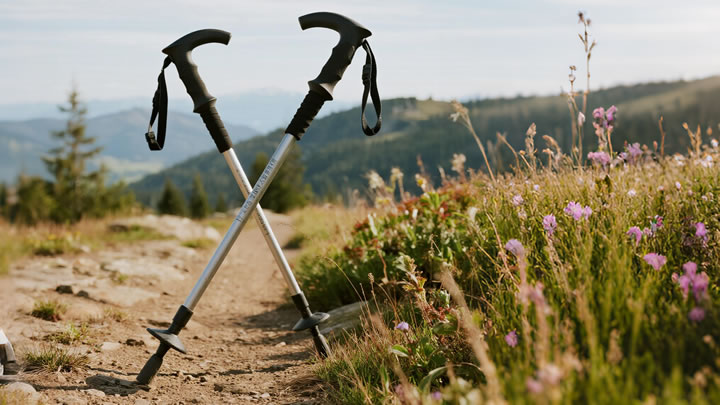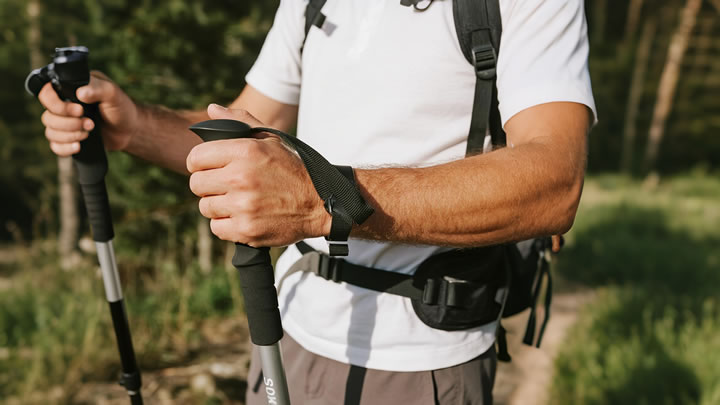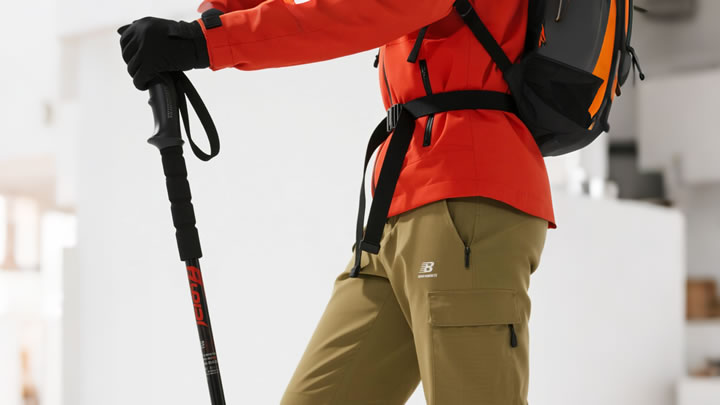Hammock camping hacks for beginners
Tired of sleeping on lumpy ground? Hammock camping offers unparalleled comfort and immersion in nature, but the learning curve can trip up beginners. Fear not! These essential hacks transform frustration into relaxation, ensuring your first hangs are successful, comfortable, and safe.

Hack #1: Master the "30-Degree Sag" (The Golden Rule of Comfort)
- The Problem: Hanging your hammock too tight creates a stiff, uncomfortable "banana" shape. Too loose causes floppy instability and back strain.
- The Hack: Aim for a 30-degree angle between your suspension straps (tree straps/ropes) and the tree. Visualize a relaxed smile in your hammock fabric. Use a simple finger gun: Point index finger horizontally along the strap, thumb pointing up – the angle between thumb and strap should be roughly 30 degrees.
- Why it Works: This sag allows your body to lie diagonally, achieving a near-flat sleeping position crucial for comfort.
Hack #2: Pitch Your Tarp FIRST
- The Problem: Fumbling with a rain tarp in the dark or during a sudden downpour is miserable. Setting up the hammock first risks getting gear soaked.
- The Hack: Always deploy your rain tarp before hanging your hammock. Secure it high enough and wide enough to provide ample coverage even when the hammock sags under weight. Use a "continuous ridgeline" (a line running between two trees over the tarp) for easier adjustment and better storm performance.
- Why it Works: Dry setup ensures you and your gear stay protected from the elements from the very start.
Hack #3: Conquer "Cold Butt Syndrome" – Insulation is Non-Negotiable
- The Problem: Even warm air underneath you gets compressed, sucking heat away through the hammock fabric. Sleeping bags alone often fail underneath.
- The Hack: You MUST insulate underneath:Underquilt (Best): Hangs beneath the hammock, trapping warm air without compression. The gold standard for warmth and comfort.Sleeping Pad (Budget-Friendly): Place a closed-cell foam or inflatable pad inside the hammock. Can be tricky to stay on. Look for wide pads.
- Why it Works: Bottom insulation creates a crucial barrier against convective heat loss, essential for sleep comfort in anything but very warm weather.
Hack #4: Bug Net – Your Sanity Saver
- The Problem: Hammocks turn you into a suspended buffet for mosquitoes and no-see-ums.
- The Hack: Use a bug net! Options include:Integrated: Built into the hammock body (simplest).Separate Net: Fits over most gathered-end hammocks.Permethrin Treatment: Pre-treat your hammock, net, and gear with permethrin (follow instructions!) for added repellency.
- Why it Works: Creates a physical barrier against biting insects, making sleep possible in buggy seasons.
Hack #5: The Structural Ridgeline – Consistency is Key
- The Problem: Getting that perfect 30-degree sag consistently between different trees is tricky.
- The Hack: Add a fixed-length cord (e.g., Amsteel or Dynema) between the gathered ends above the hammock body. Length is typically ~83% of your hammock's total length.
- Why it Works: The ridgeline acts as a physical limiter. Once pulled taut, it forces the hammock body into the optimal sag every single time, regardless of strap height or tree distance. It also becomes a handy gear line!
Hack #6: Organize with a Ridgeline Organizer
- The Problem: Dropping glasses, phone, or headlamp into the dirt or struggling to find them in the dark.
- The Hack: Clip a small mesh stuff sack or dedicated ridgeline organizer pouch onto your ridgeline (or tarp ridgeline). Keep essentials within easy reach.
- Why it Works: Elevates small items off the ground, keeps them dry and accessible, and prevents loss.
Hack #7: Tree Straps – Protect Trees & Your Gear (ALWAYS!)
- The Problem: Thin ropes damage tree bark, harm the tree, and can slip.
- The Hack: Use wide, tree-friendly webbing straps (at least 1 inch wide) with sewn loops or cinch buckles. NEVER use paracord or thin rope directly on trees.
- Why it Works: Distributes weight over a larger bark area, minimizing damage and providing a much more secure hold.
Hack #8: The "Sit & Spin" Entry
- The Problem: Struggling to get in gracefully or feeling unstable.
- The Hack: Face perpendicular to the hammock's centerline. Sit down deep into the center of the hammock as if sitting in a chair. Then swing your legs up and inside. Scootch backwards to center yourself.
- Why it Works: Maximizes stability and control during entry, preventing spills and fabric strain.
Hack #9: Pre-Trip Site Recon – Look UP!
- The Problem: Setting up under dead branches ("widowmakers") is dangerous.
- The Hack: Before attaching anything, thoroughly scan the trees and the canopy above your chosen spot for dead limbs, loose bark, hornet nests, or other hazards.
- Why it Works: Prevents potentially serious accidents caused by falling debris.
Hack #10: Practice in Your Backyard
- The Problem: Figuring out knots, angles, and insulation for the first time in the woods at dusk is stressful.
- The Hack: Set up your entire system – hammock, tarp, insulation, bug net – in your backyard or a local park before your trip.
- Why it Works: Builds confidence, identifies missing gear, and lets you troubleshoot setup issues in a safe, convenient environment.
Conclusion: Hang High, Sleep Easy
Hammock camping offers a magical way to experience the outdoors. By applying these beginner hacks, you bypass common frustrations and unlock a world of comfort. Remember the core pillars: perfect your sag, stay dry with your tarp, insulate underneath, keep bugs out, protect trees, and prioritize safety. With a little practice using these shortcuts, you'll be swinging comfortably and confidently in no time. Embrace the freedom of the hang!






